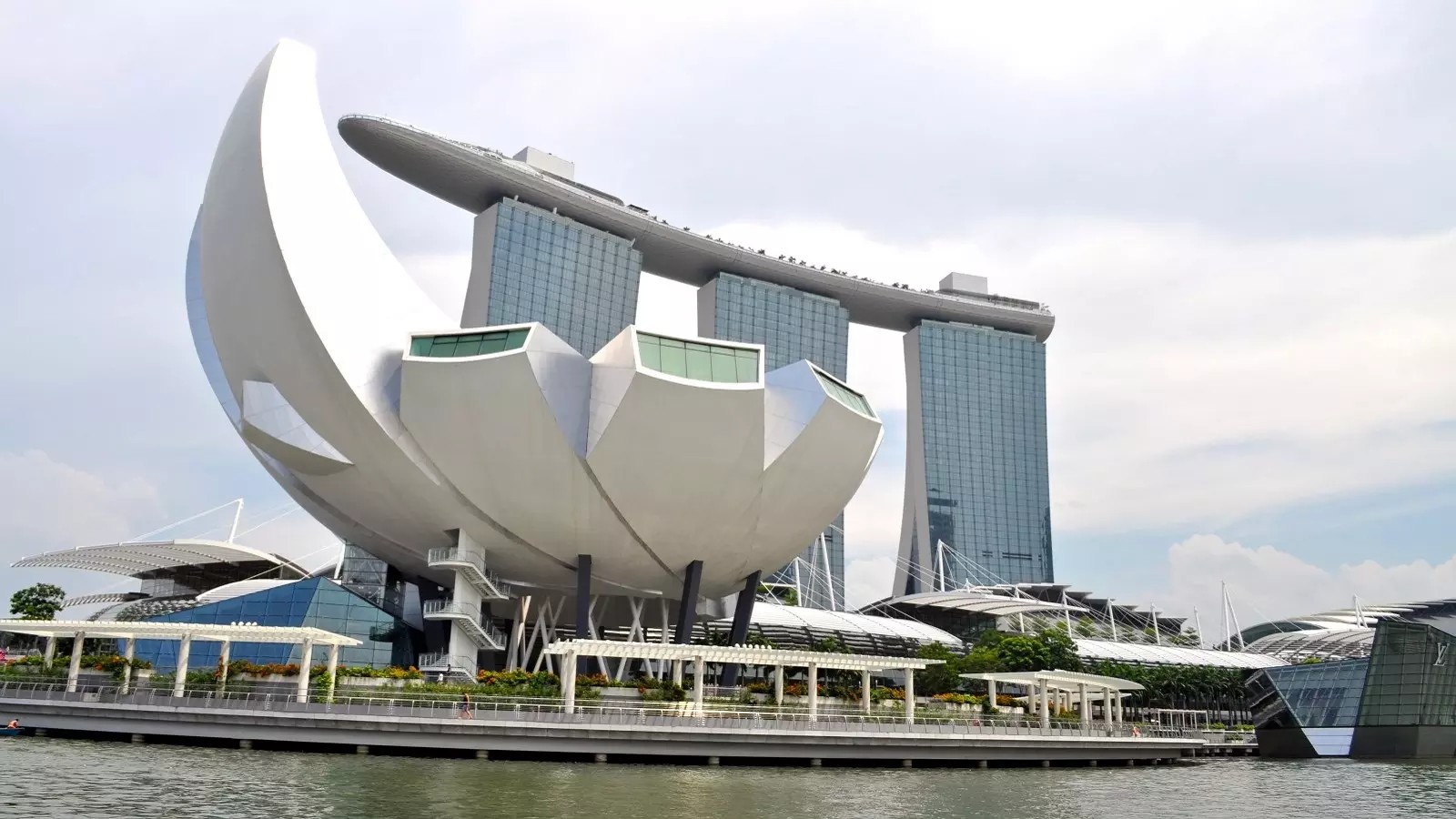Commercial real estate development shapes much of our urban environment and economic landscape, influencing where we work, shop, and interact. This article delves into the critical role of prominent development firms, emerging trends, and the evolving market dynamics.
Industry Trends and Influences
The demand for industrial properties has skyrocketed due to the boom in e-commerce, driving the need for extensive distribution centers and logistical hubs. This trend reshapes the landscape of commercial real estate, emphasizing the importance of strategic location and innovative facility design. Meanwhile, the office sector is undergoing transformation as well, influenced by the rise of remote work. Developers are now focusing on creating versatile spaces that can adapt to a mix of remote and in-office work arrangements.
Adapting to Market Changes
Commercial developers must be agile, adapting to rapid shifts in market conditions and consumer behavior. The economic turbulence of recent years, highlighted by the COVID-19 pandemic, has prompted a strategic pivot towards sectors like industrial real estate, while demand for retail and hospitality spaces has seen varying levels of recovery. Developers are rethinking their approaches to ensure resilience, incorporating flexibility into their planning and execution to manage risks associated with economic cycles.
Sustainability in development commercial
Environmental sustainability is increasingly critical in commercial real estate development. Forward-thinking companies are integrating eco-friendly materials and technologies to minimize environmental impact and meet regulatory standards. This shift not only addresses environmental concerns but also attracts tenants and investors who prioritize sustainability. Developers are adopting practices such as green building certifications, energy-efficient systems, and sustainable site development to enhance the ecological footprint of their projects.
Enhancing Community Value
Community integration is a focal point for developers aiming to create spaces that offer more than just economic value. Projects are designed to enhance the local community through public spaces, amenities, and architectural designs that reflect local culture and needs. Developers like Continuum Partners exemplify this approach by developing properties that contribute to the community’s well-being, fostering a sense of belonging and engagement among residents and businesses.
Global Reach and Operations
The global operations of firms like CBRE highlight the expansive reach of commercial real estate developers. These companies manage and develop properties worldwide, navigating different economic climates and leveraging global trends to maximize returns. Their international presence allows them to influence real estate markets on a large scale, adapting strategies to local needs while benefiting from a diverse portfolio.
Conclusion
The commercial real estate development industry is a cornerstone of global economic infrastructure, influencing how cities are built and operated. As the sector continues to evolve, driven by technological advances, economic shifts, and a deeper commitment to sustainability, commercial real estate development companies play a crucial role in shaping sustainable, efficient, and vibrant urban spaces.
For more insights into development commercial and strategies adopted by leading commercial real estate development companies, follow industry expert Todd Maxwell’s latest updates and articles.





